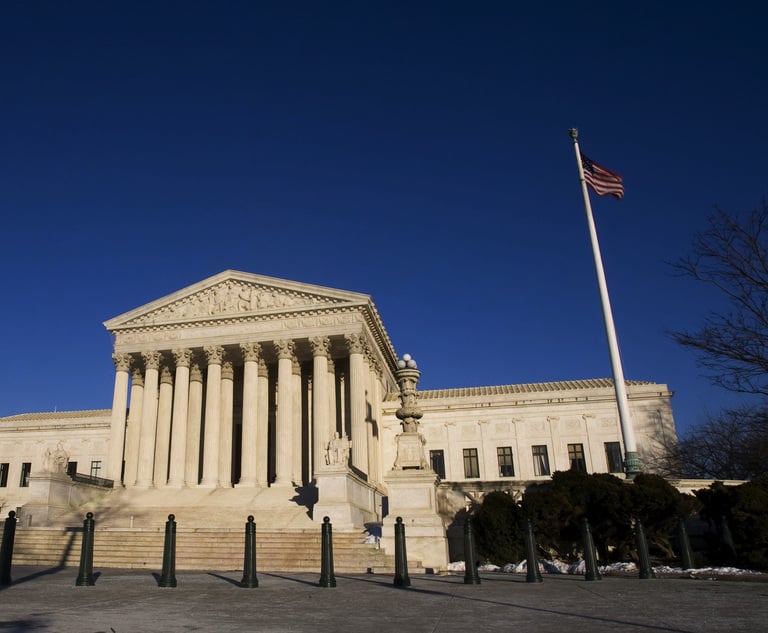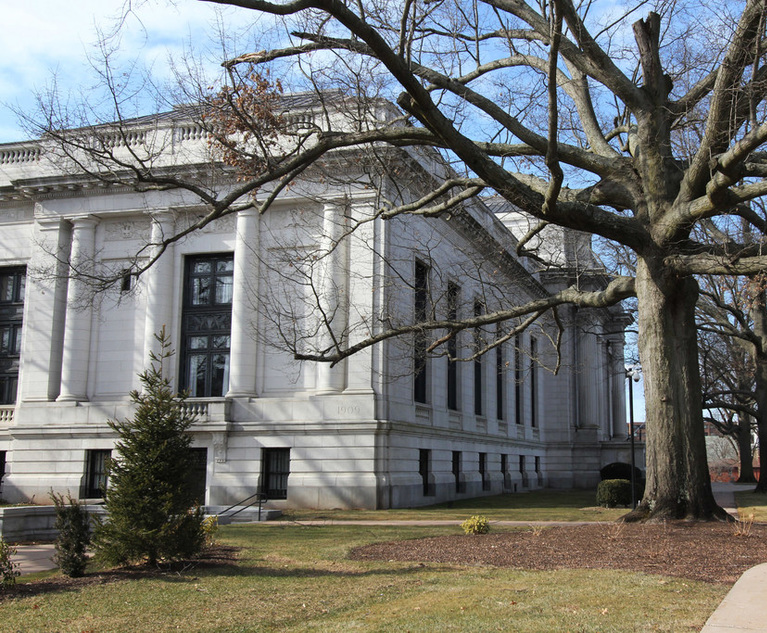The Supreme Court has for years bristled at the prospect of adopting a code of ethics. Twelve years ago, Chief Justice Roberts defended the court’s lack of a code of ethics on the basis of judicial independence. In the face of a growing crises in public opinion concerning the court and rumblings from Congress, the court has finally relented and published its own code of ethics, signed by all of the justices.
The court’s code of ethics is nothing new, other than the fact that it now exists. Many of the provisions are the adoption of policies that the Roberts court had informally promulgated. The code addresses five canons — judicial independence, appearance of impropriety, performing duties of the office, extrajudicial activities and political activity — that cover eight pages. It has a one-paragraph introduction, and a five-page commentary. The code covers many topics covered in the code of judicial conduct. It also addresses topics unique to the court.


 U.S. Supreme Court building in Washington, D.C.. Photo: Diego M. Radzinschi/ALM
U.S. Supreme Court building in Washington, D.C.. Photo: Diego M. Radzinschi/ALM




